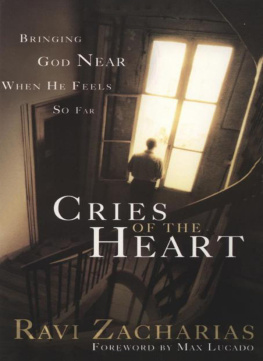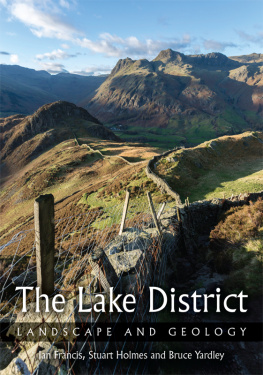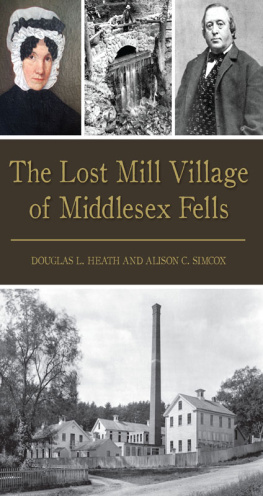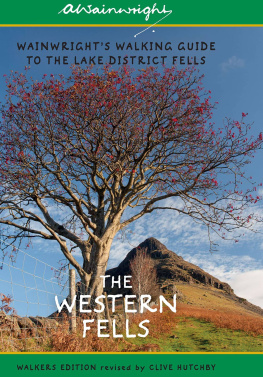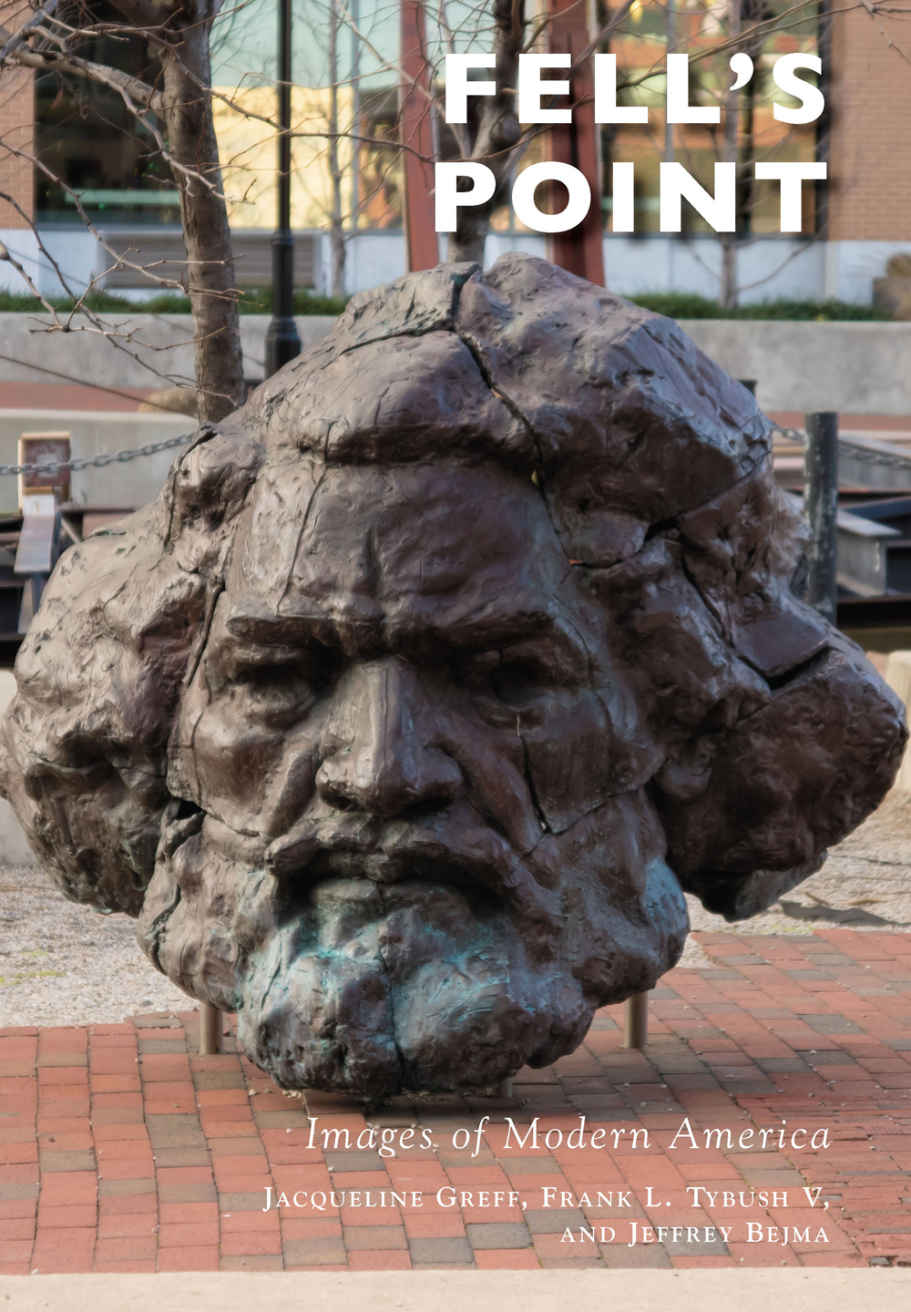Images of Modern America
FELLS
POINT

Civil War reenactors parade down Lancaster Street. According to Sen. Barbara Mikulski, The British couldnt take Fells Point, the termites couldnt take Fells Point, and the State Roads Commission couldnt take Fells Point. (Authors collection.)
FRONT COVER: Frederick Douglass Memorial. (Authors collection.)
UPPER BACK COVER: Fells Point Fun Festival, 2016. (Authors collection.)
LOWER BACK COVER (from left to right): Tugboat next to City Pier, the Sound Garden, and Privateer Day celebrations. (Authors collection.)
Images of Modern America
FELLS
POINT
JACQUELINE GREFF , FRANK L. TYBUSH V,
AND JEFF BEJMA

Copyright 2016 by Jacqueline Greff, Frank L. Tybush V, and Jeff Bejma
ISBN 978-1-4671-2398-3
Ebook ISBN 9781439658048
Published by Arcadia Publishing
Charleston, South Carolina
Library of Congress Control Number: 2016938011
For all general information, please contact Arcadia Publishing:
Telephone 843-853-2070
Fax 843-853-0044
E-mail
For customer service and orders:
Toll-Free 1-888-313-2665
Visit us on the Internet at www.arcadiapublishing.com
This book is dedicated to those who fought for and in Fells Point, on whichever side of whatever issue, who helped make it the unique community it is today.
CONTENTS
ACKNOWLEDGMENTS
The authors would like to thank the Society for the Preservation of Federal Hill and Fells Point for saving this eclectic neighborhood and many of its historic buildings. We would like to thank Joy Giordano and Fells Point Main Street for continuing the Fells Point Fun Festival the past several years and for their encouragement and support for this book. We would like to thank the individuals and organizations who made it possible to have the amazing array of photographs we used for this book. Local photographer Dan Magus made a special drone flight to show the Fells Point waterfront. Artist Maria Cavacos created a cartoon of Cheese Joe, because no photographs or illustrations existed of this neighborhood character who died in 1850. Mark Walker offered an array of photographs and information on Fells Point magician Dantini. Dozens of Fells Point neighbors shared their photographs with us. The Library of Congress and Wikimedia Commons make public domain images easily available to storytellers like us. Arcadia Publishing editors Erin Vosgien and Jeff Ruetsche were instrumental in helping get everything ready so the book would be available for the historic 2016 Fells Point Fun Festival 50th Anniversary. Thank you all!
Unless otherwise noted, images are courtesy of Frank L. Tybush V or Jacqueline Greff.
INTRODUCTION
I moved to the Baltimore area in 2010. At that time, all I had heard was some vague association with Edgar Allan Poe, the often talked about Inner Harbor, and that John Waters had filmed a bunch of movies here. I asked a Baltimore friend what to check out. She immediately said Fells Point.
On a Saturday in mid-April, my wife and I were itching to explore, so we hopped in the car and set off for Fells. Parking in a garage on Caroline, we drove higher and higher, looking for an empty space, finally emerging from the darkness at the very top to snag one of the few spots left. What did we see getting out of the mini-van across from us? Piratesa whole family dressed like they walked out of a pirate film.
My wife and I held twin confused looks. We had heard this was once a seaport with sailors, but we did not expect storybook pirates. Inquiring of one of the said pirates, we learned it was Fells Points annual Privateer Festival. There was no better day to meet Fells.
Soon after, I was fortunate to get a job in Fells Point and was able to spend more time here. I took walks on my breaks just to explore. I checked out the shops, the architecture, the art, and most of all, the history. Walking down the Belgian block streets (never call them cobblestones to a resident), you feel like you have stepped back in time. But it is almost timeless, because unlike Colonial Williamsburg, everyone is wearing modern clothes. Pedestrians intermingle with vehicles. You can walk into centuries-old buildings and buy modern goods. On any given day, you could walk down the street and see a town crier, someone playing guitar, and even an artist right outside his shop, blaring music and creating beautiful sculptures.
After a couple of years, the video production company where I work decided to do a web series about Fells Point. I suggested we focus on interesting and unique ways people are preserving its history. I learned about more past residents through ghost tours and privy digs, and even got to sail in an accurate reproduction of a Baltimore Schooner, the very ships that were built in Fells Point.
This book has been a second phase of my learning about Fells. My coauthor Jeff Bejma loves to research deeper topics that you cannot look up in a bar on a phone. Yes, Fells Point did have its glory days, when its privateers helped win the War of 1812. But there was a long, dark period between those times and todays Privateer Festivals.
After the Civil War, Fells beautiful schooners were obsoleted by metal steamships, which were built downstream. Shipping took over instead of shipbuilding as the largest enterprise. Wharves and warehouses were built along most of the waterfront, with coffee, guano, and slaves as the commodities. Fells Point often was a holding area for slaves being sent to other cities, primarily New Orleans. Political gangs struck fear in the hearts of those who voted against them.
Fells Point began a steady decline. More and more ships were unloading in the deeper waters of North Point, rather than entering Baltimore Harbor. Alternative jobs were needed. Tysons Baltimore Chrome Works, opened in 1845 at the end of Block Street, became a major employer and, later, a major environmental disaster. The International Longshore and Warehouse Union and Seafarers International Union grew in power, and waterfront strikes were a common occurrence. Many of the old wharves lay empty and warehouses were beginning to fall apart. The foot of Broadway was being abandoned.
In the 1960s, Baltimore City developed a plan to use federal highway money to build an expressway connecting Interstate 95 and Interstate 83, tearing down blighted areas of the city. This would have demolished Fells Point and Federal Hill. The road fight, preservation, and ultimately, rebirth of the neighborhood dominated the latter half of the 20th century. Local residents fearing displacement began to fight the road commission. Preservationists fought to save the community through historical district designation. The Fells Point Fun Festival was begun to raise money for the road fight and to draw attention to the historical significance of the neighborhood. Fells Point became Marylands second National Register Historic District in 1969, and its renaissance began.
While I do not live in Fells Point, I am constantly coming back, not only for work, but because of the people and the culture. You can walk into almost any bar in Fells and hear stories of the present and the past. Some of those stories are funny, some are sad, and to be honest, some are downright disturbing. Fells Points present grew out of its crazy past. Always unique, always weird, always entertaining, Fells Point is a place you can go on any given day and not know if youll see a television show being filmed, a giant ship parked next to Broadway Pier, a famous band playing at Sound Garden, or even just a bunch of pirates walking down the street.



